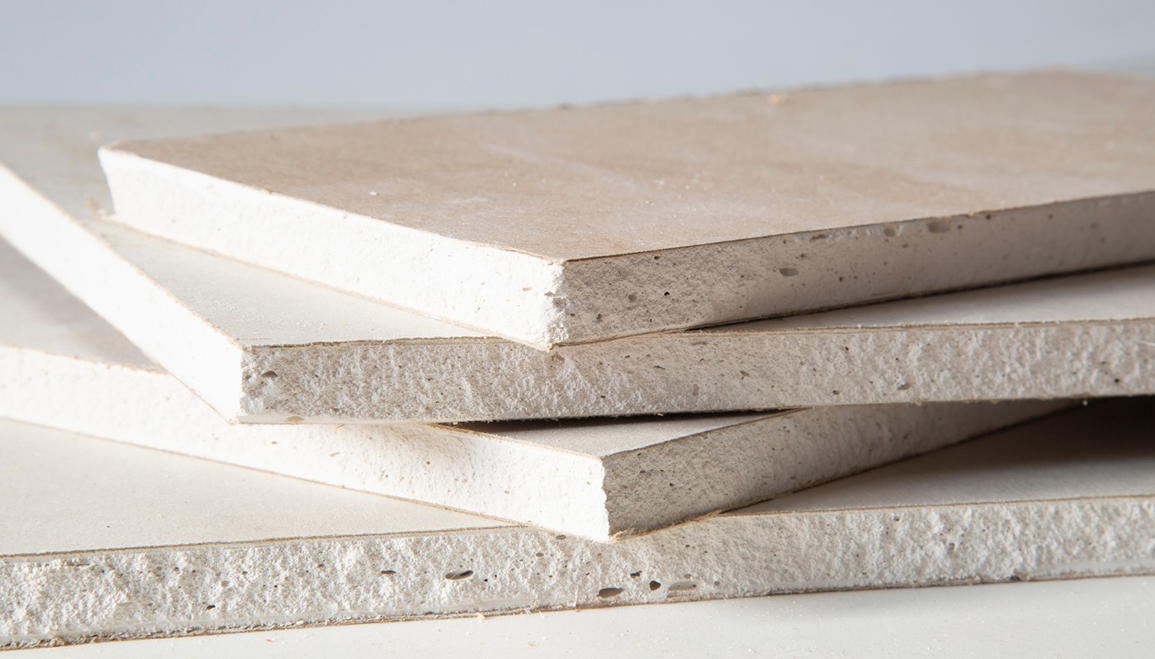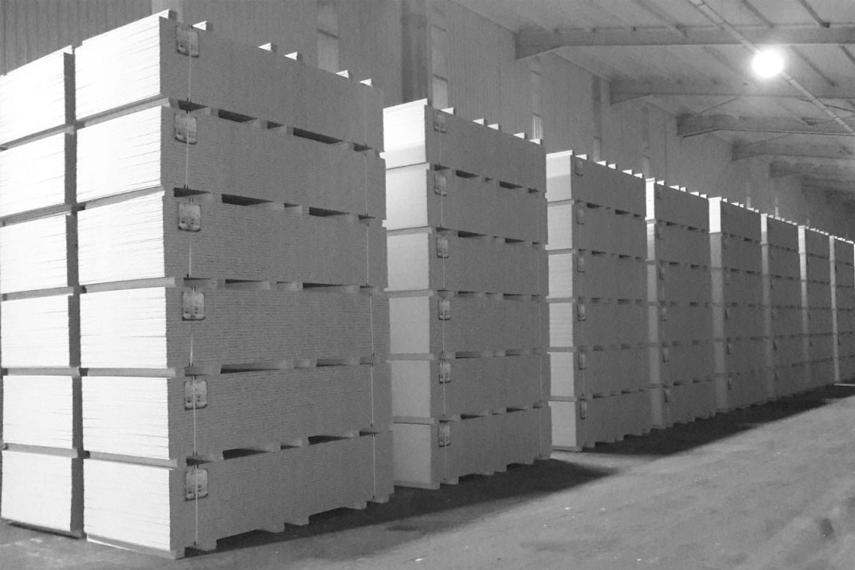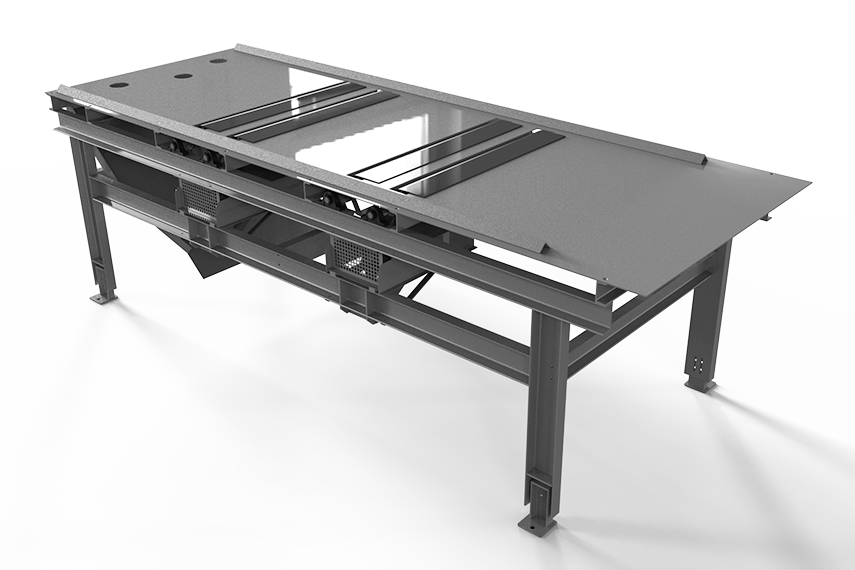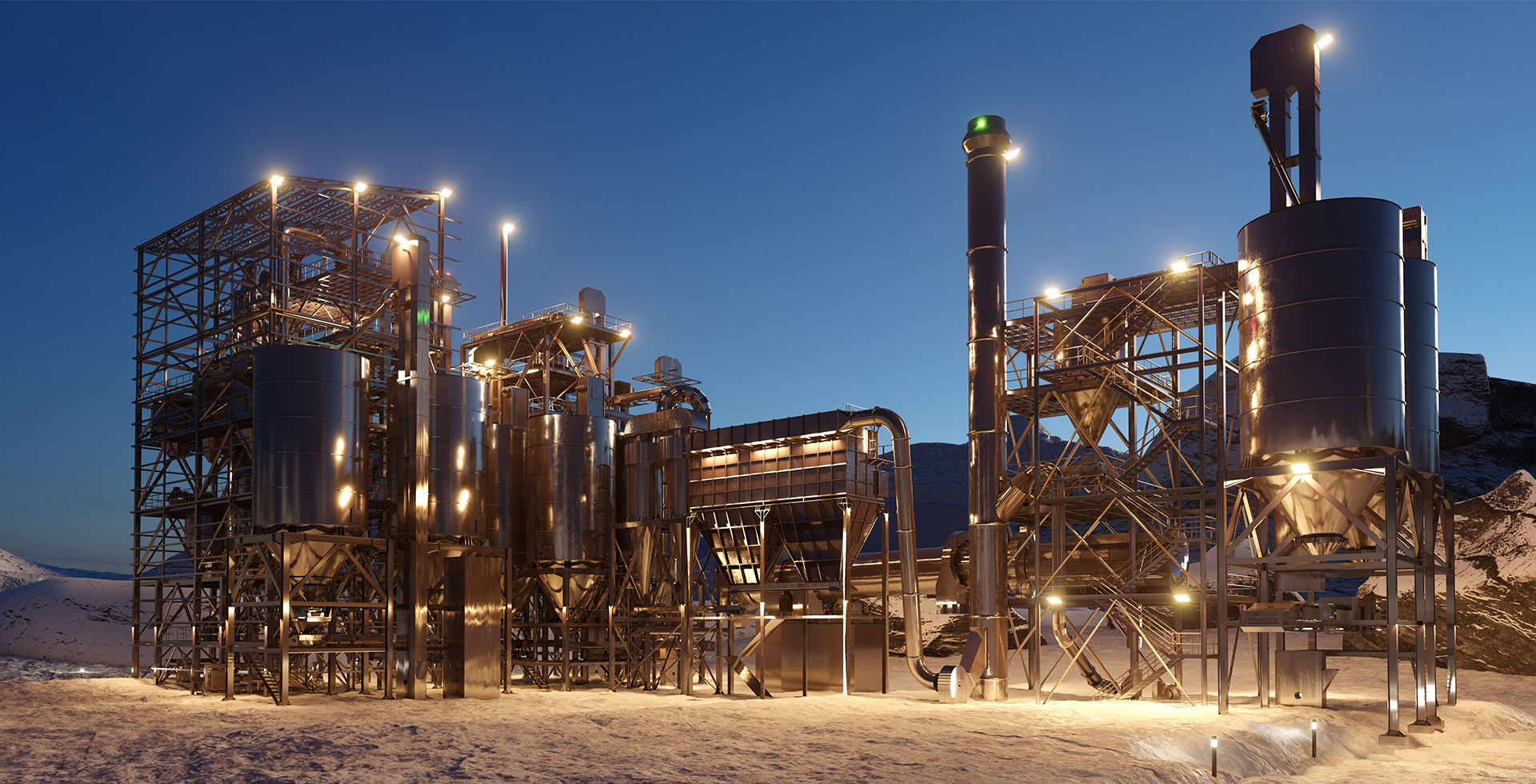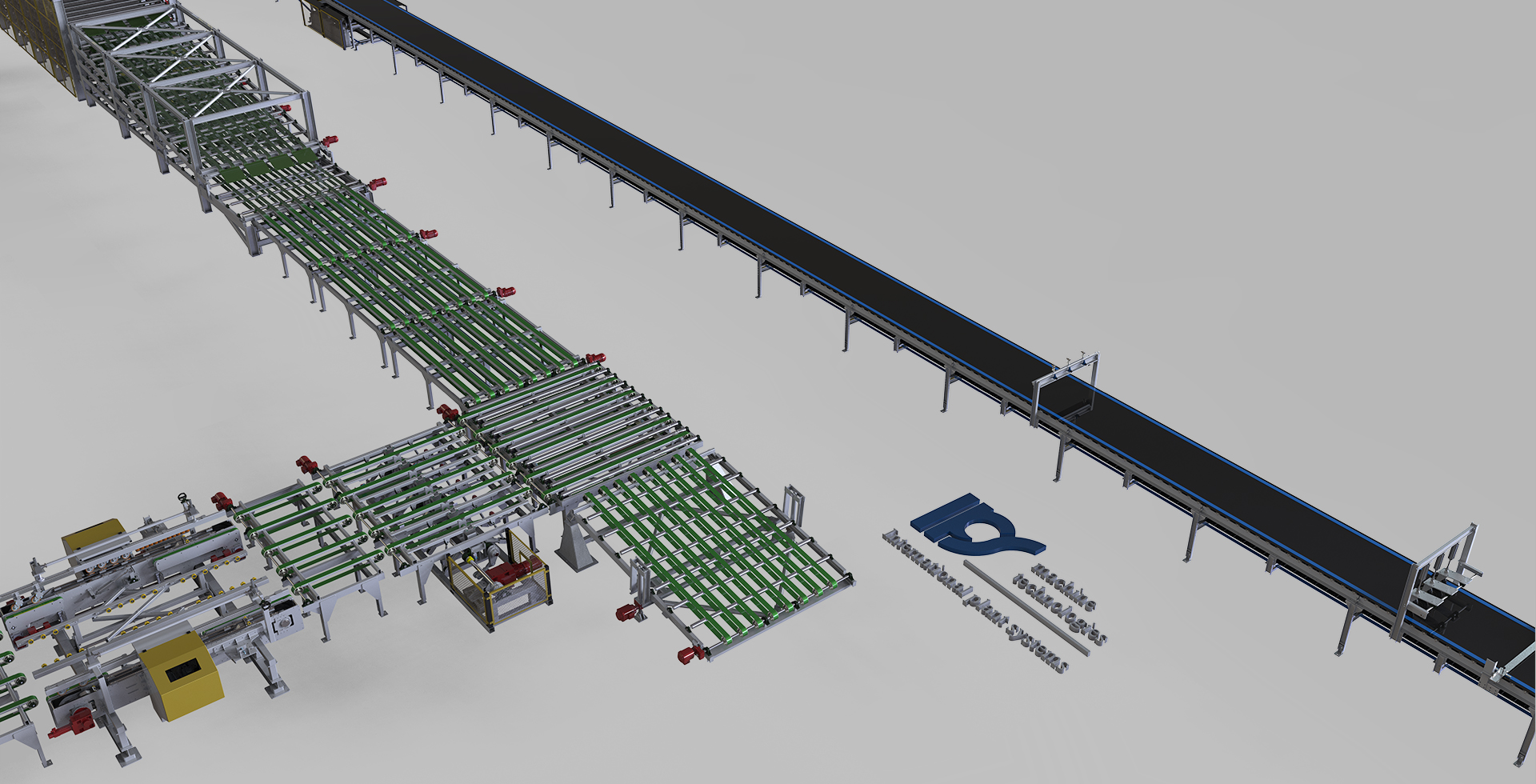The Foundation of Gypsum Core Chemistry
Wet Materials in Plasterboard Production
In gypsum plasterboard production, the quality and consistency of wet materials are just as critical as mechanical precision. The key wet components — water, foam, and liquid additives — directly affect board density, surface finish, setting time, fire resistance, and workability. Proper control and handling of these materials is essential for stable and high-quality board production.
Water
Water is the main wet input used to hydrate calcined gypsum and initiate the crystallization process. Only clean, potable water with specific properties should be used in plasterboard production. Impurities such as dissolved salts, iron, oil, or organic matter can negatively affect setting time, core strength, and the performance of chemical additives. Constant monitoring of pH, hardness, and temperature is recommended to ensure batch-to-batch consistency.
Foam
Foam is used to introduce controlled air into the gypsum slurry, reducing board weight and controlling core density. It must be produced with consistent bubble structure, size, and stability throughout the production run. The foam system must deliver uniform flow, without surges or collapses, to avoid fluctuations in board thickness or strength. Foam formulation is typically based on synthetic surfactants and may include stabilizers or hardeners depending on board type.
Liquid Additives
Liquid additives are used in small but highly effective doses to modify key board properties such as workability, setting profile, strength, water resistance, and fire behavior. Common liquid additives include:
- Retarders – to control setting time
- Dispersing agents (plasticizers) – to improve flow without excess water
- Silicone emulsions – for water repellency
- Fire retardant slurries – in fire-rated board formulations
- Starch binders (in liquid form) – to enhance paper-core bonding
These additives must be stored, dosed, and mixed under controlled conditions to ensure accurate dispersion and stable performance
Conclusion:
The quality and management of wet materials have a direct impact on board performance, line stability, and cost efficiency. A well-controlled wet section is the backbone of a smooth, continuous, and high-output plasterboard operation.



